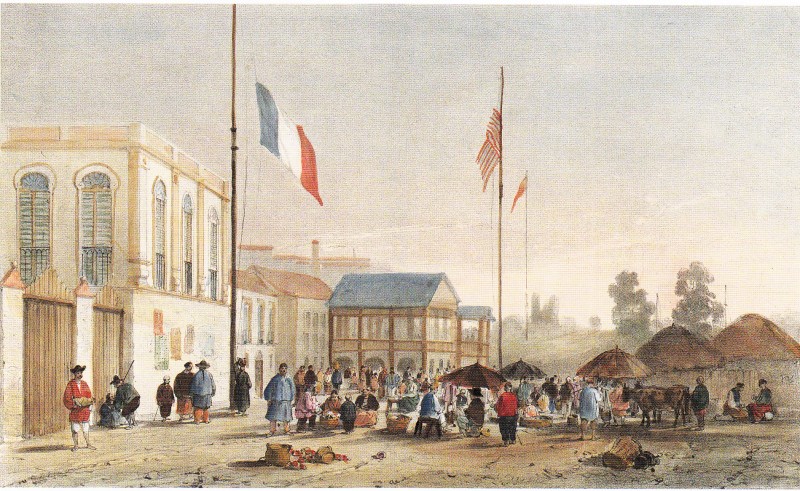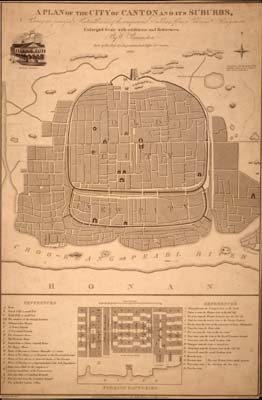
August 12, 2012
Dear Mr. Ghosh,
After reading Sea of Poppies and River of Smoke consecutively this summer, I am greatly delighted by your stories about Canton back in the 19th century. As a current resident in this modern city, I am enchanted by your use of those pidgin English. As a Chinese more used to the Pinyin system(I am from Anhui in eastern China), I have to admit that I also have some trouble in deciphering some of the Canton dialect in River of Smoke, though I have been here for almost 8 years. Therefore, I can’t help admiring your uses of this language, let alone your extensive knowledge in history, gardening and art. Your novels have enriched my understandings of The Opium War, furthering my knowledge about India-China relations.

With the fresh impressions of your novel, I assume that you must have been to Canton(Guangzhou). That’s how I find your blog and photos taken in Guangzhou. You attention to the details (the Indian residence in Shamian) again impressed me. Incidentally, I also find news report about your visit to Zhejiang University and the translations of your novel Sea of Poppies by Professor Guo Guoliang. I hope that the Chinese version will come out soon so that more readers with get to know your writings. However, I am also afraid how much of your interesting languages will be lost in translation. As a College English teacher in Canton, I naturally feel that it would be rather amusing to use your text in the class since most of the students in our university are from within Guangdong Province. Their knowledge of Cantonese is surely above my level.
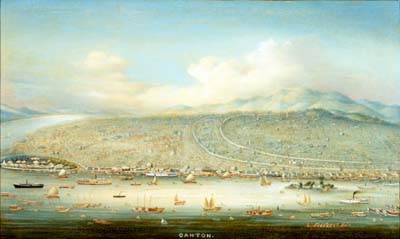
Currently I am also busy with my PhD thesis in English literature. While preparing my thesis, I am trying to keep a close watch about the developments of English fictions, with a special attention to the BOOKER prize. In the past, English novels are not easily accessible but it is getting better. Novels that are on hot sale or those prize-winning ones are, comparatively speaking, easier to obtain in China through online bookstores. I have written essays and reviews about Aravind Adiga’s The White Tiger and Last Man in Tower, and translated an excerpt from Between Two Assassinations. I am sorry to say that I only get access to your novels this summer. Putting aside other books on my agenda, I devoted the holidays to your books. It allured me so much that I am not able to fall asleep without finishing it. Luckily I have done it last night, reading sleeplessly to 6 a.m. To be honest, it is really rewarding for me, because through history textbooks we have learnt about Opium War, with tedious facts to remember. But your novel connects so many incidents together that makes the significance of the historical event to a global level. I feel it is recommendable for Chinese readers to read it.
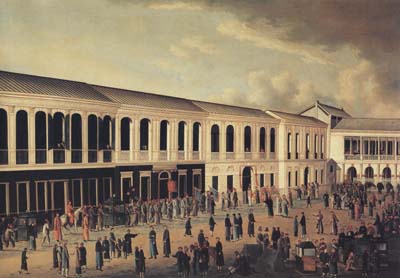
Maybe you are in the process of writing the last book of the Ibis triology. I will keep myself informed by regularly visiting your website and anticipate to buy a copy. If possible, I will try to spare some time to write more about you to the Chinese audience.
Best wishes,
Li Daoquan
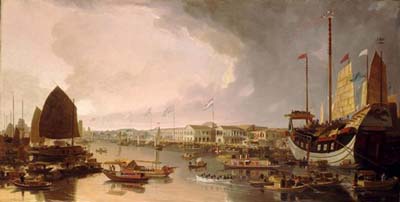
Dear Mr Li
Thank you ever so much for this wonderful letter. It is great to know that you, as a resident of Guangzhou, have enjoyed these two books. I’ve very much enjoyed my visits to the city – I do think it is one of the world’s most amazing cities, with a remarkable history.
I don’t know yet when the book will be out in Chinese. I think it should be out quite soon. I will write to Prof Guo to find out.
Would you mind if I posted your letter on my website?
Warm regards
Amitav Ghosh
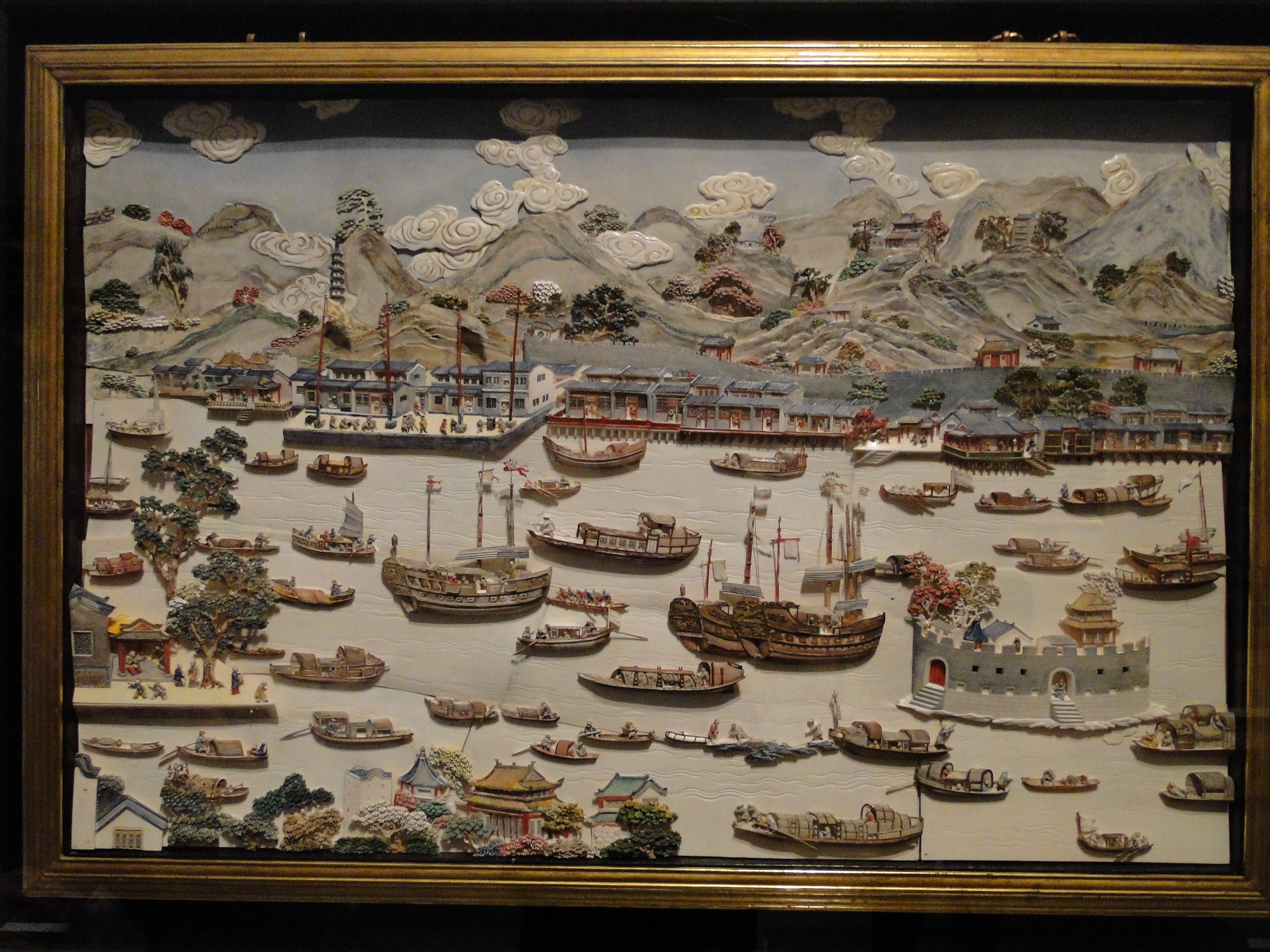
August 14, 2012
Dear Mr. Ghosh,
It’s OK to post the letter on your blog. I have enjoyed reading through that informative site.
By the way, I have noticed that quite a few Indian writers take interests in adopting Chinese elements in their recent novels. How do you interprete this phenomenon? Will you continue to include Chinese elements in your next fiction to the Ibis triology?
Best wishes,
Li Daoquan

Sept 2, 2012
Dear Mr Li
I am sorry I have been slow to get back to you. I was busy with a long series of posts, but that is over now so I will post your letter next week.
You had asked about the Cantonese elements in the Trilogy. It’s not surprising that the Cantonese words are unfamiliar to you. Most of them are obscenities and insults (in both of which Cantonese seems to be extraordinarily rich). My guide in this regard was an excellent dictionary:
Bolton, Kingsley & Christopher Hutton (ed.): A Dictionary Of Cantonese Slang: The Language Of Hong Kong Movies, Street Gangs And City Life, Singapore University Press, 2005.
Prof Bolton is a great authority on Cantonese and has taught in Hong Kong for many years.
With my best wishes
Amitav Ghosh
